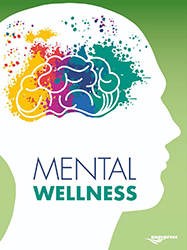Disrespectful behaviors of professors in the educational environment from the perspective of medical students
All claims expressed in this article are solely those of the authors and do not necessarily represent those of their affiliated organizations, or those of the publisher, the editors and the reviewers. Any product that may be evaluated in this article or claim that may be made by its manufacturer is not guaranteed or endorsed by the publisher.
Authors
The aim of this study is to examine the disrespectful behaviors of professors in the educational environment from the perspective of medical students at Zahedan University of Medical Sciences. In this descriptive-analytical study conducted in 2023, a total of 203 medical students (interns and externs) participated. Data were collected using Clark’s 24-item questionnaire based on a Likert scale, with subscales for disruptive-disrespectful and threatening-disrespectful behaviors. The data were analyzed using SPSS version 25, employing both descriptive and inferential statistics. The participants included 203 students, comprising 100 interns (49.3%) and 103 externs (50.7%). The results indicated that the most common form of disrespectful behavior by professors was threatening behavior toward students. The findings showed that most students believed threatening behaviors by professors were among the most disruptive elements in the educational process. Further research is needed to better understand such behaviors in academic settings and to offer solutions for minimizing their occurrence.
How to Cite

This work is licensed under a Creative Commons Attribution-NonCommercial 4.0 International License.






